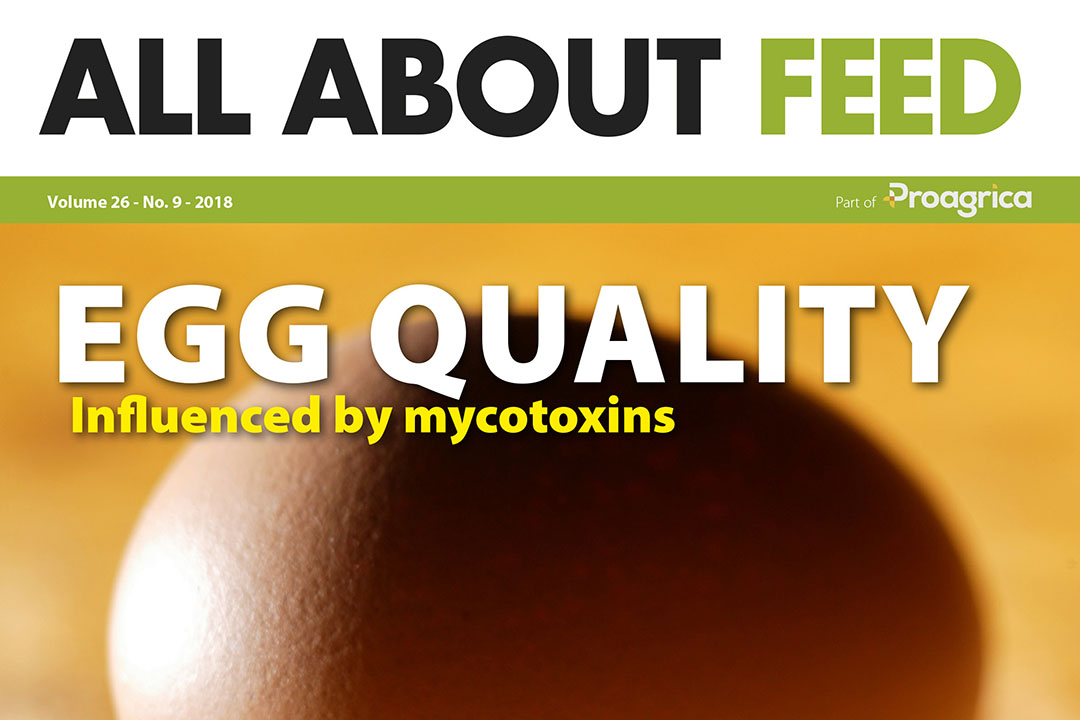Issue 9 of All About Feed now available online

The latest edition of All About Feed (issue 9) can now be accessed and read in our digital magazine section. This issue we focus on vitamins, Africa and masked mycotoxins.
Africa in the middle of a true protein revolution
Africa holds considerable potential in terms of agriculture and economics, given that a quarter of the human global population will reside there by 2050. But can it feed itself? This was stated by Albert Van Rensburg, regional director Africa and managing director of Biomin South Africa. He spoke at the 8th Biomin’s World Nutrition Forum that took place in Cape Town in October. It was the first time that the WNF took place on African soil, hence the dedicated Africa in Focus session that was part of the event. Read more in the article on page 6 of this issue.
Rethinking vitamin formulation
Vitamins, because they are included at very low levels, usually make up only a small proportion of the cost of the average pig or poultry diet. But as anyone involved in animal production will be aware, the supply and hence the cost of certain vitamins have spiked of late. This state of affairs has been brought about through certain factories being closed in China for environmental reasons, followed by an incident at a European producer of vitamins A and E. Happily, the shortage of these critical nutrients is abating. This sequence of events has given us an opportunity to rethink our strategies with regards to vitamin nutrition. In this article on page 29, we will examine the current status of vitamin recommendations and ask the question as to whether these recommendations are well founded, appropriate and cost effective.

The effects of masked mycotoxins
Mycotoxins could be structurally modified by plants as a defence mechanism, generating plant metabolites of mycotoxins, also known as masked mycotoxins. Masked (or modified) mycotoxins can also result from feed processing, in particular in the processing of cereal-derived products. Masked mycotoxins often exhibit similar toxicity as their parent toxin as they eventually follow the same metabolic pathway, but they might also be less or more toxic than their parent compounds depending on bioavailability. It is important to know the effects of these masked mycotoxins in livestock animals. In this article, on page 26, we explain what these effects are.

Also in this issue:
- Mycotoxins: Their effect in poultry breeders
- Bitter tastants in feed ingredients
- Aquaculture: New diets, new testing
- Effect insect meal on immunity
- Impact of DON and fumonisins on pig gut health
To read all the articles in this issue, go to the magazine overview page and sign up with your current website login.











